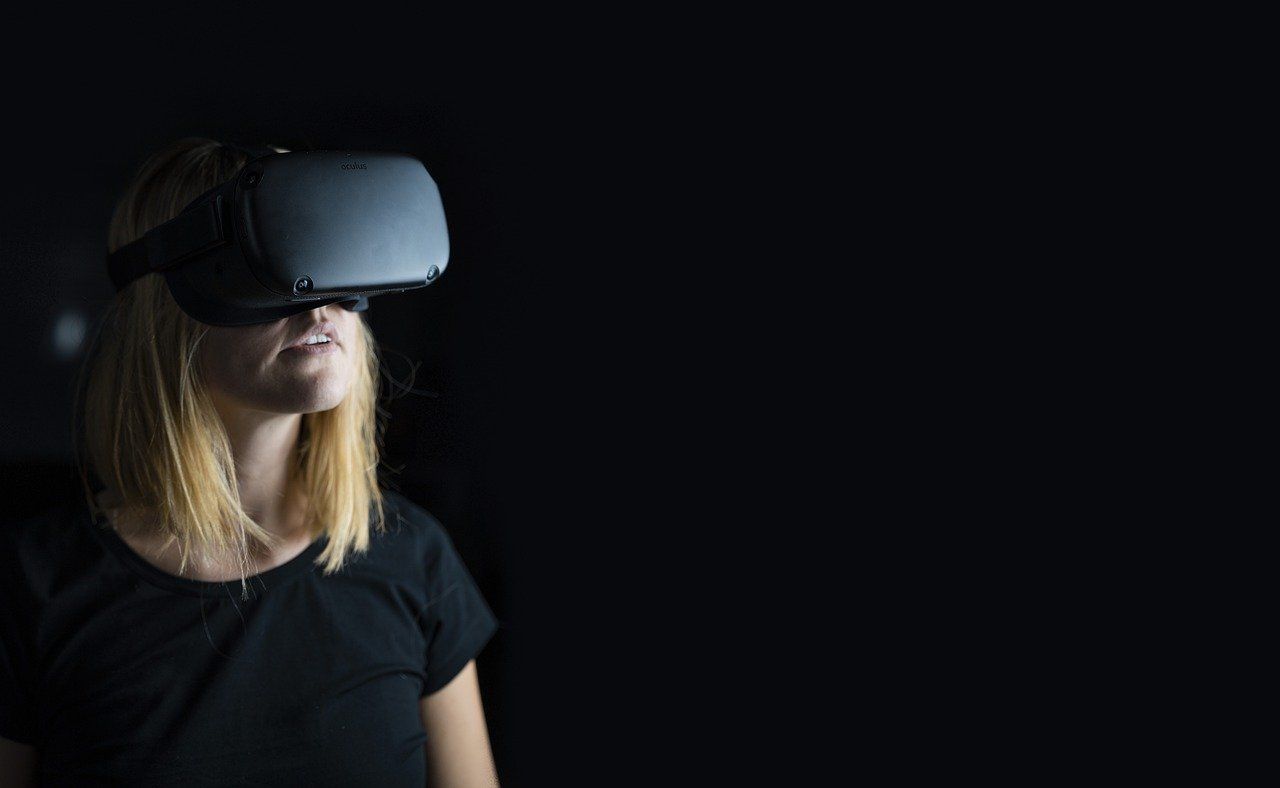Shopping for a New Exhibit
So it’s been decided that your old exhibit needs to be replaced and you are now responsible, as your corporation’s trade show exhibit manager, to handle the details and get the best exhibit money can buy. Before you charge out into the wide world of exhibit designers and producers, here are a few ideas you might want to consider to stay out of trouble.
- Early on, get your purchasing department involved in the project to ensure that the finer aspects and details of spending your corporation’s hard earned money are handled properly. In addition, with the help of your purchasing department your exhibit provider will be more inclined to ensure that all items on the contract are properly understood and agreed upon so there should be no unforeseen additions or un-budged extra charges. The purchasing representative assigned to the trade show exhibits department can also advise you as to the best way to either purchase, lease or rent the exhibit based on various corporate tax and cash flow options that may exist at the time.
- Start the process formally and get top management in on the planning at the early stages of the project to ensure complete understanding and compliance of the exhibit’s goals and objectives. Anyone in management who might be able to add, change or alter the design of the new exhibit should be involved in the beginning to avoid any last minute changes which will add to the price, construction time and frustration.
- Document the new exhibit’s overall goals and objectives before the design phase begins. Identify the exhibit’s physical requirements like storage, customer services center, conference areas, product presentation logistics, signage limitations, electrical routing and basically anything special to your objectives that will need to be accommodated by the exhibit. Carefully research the physical limitations of the booth space you rented and make sure that there is nothing to hinder the placement or operation of your new exhibit on the show floor.
- Realistically and conservatively determine what the exhibit will and will not be able to accomplish within the trade show environment. Keep in mind that the exhibit can only set the stage for real people presenting real products generating real sales leads that in the final analysis will determine whether the show was a success or failure.
- Decide whether the new exhibit will need to be used in the same amount of booth space every time or if it will require a bit more flexibility to be used in other booth configurations. For instance, you might want a design a cubic content exhibit space that uses modular components that can then be used in a linear configuration for supporting smaller shows.
- The selection of exhibit vendors should include both custom exhibit houses as well as those who provide pre-manufactured, off the shelf exhibit properties. There are benefits to asking both for designs and construction bids since they are equally experienced in most all aspects of the exhibit design and building process. Remember that you usually get what you pay for and that the joy of low price is often replaced with the misery of poor quality.
- Inviting exhibit vendors in to provide designs and construction bids should only be conducted after goals and objectives are supported by the functional specifications of your exhibit and have been clearly documented and signed off by management. Ask each exhibit vendor for at least 5 references and contact each of them to obtain opinions of that vendor’s overall capability, attention to service, dependability, honesty and whether or not the reference would use them again.
- If the first show is any major distance from home, you might consider having only the exhibit design purchased and then sending it to the trade show city for local exhibit vendors there to bid on. Their bids might also include exhibit transportation to and from the convention center, installation and dismantling and storage after the show. Having the same labor set up and dismantle the exhibit as those who built it promises to save you time and money. Those savings can be added to what you’ll gain on shipping the exhibit from home to the show and should more than pay for the design.
- Have the bid winning exhibit provider’s management team come to your office to present you and your management with the plan and schedule for the new exhibit. In doing so establishing his/her firm as being more of an associate than a vendor to your business.
- Maintain close control of the exhibit production schedule provided by the winning bidder, ensuring that your copy, graphics, product photographs, etc. are all approved and provided on time. You should plan on visiting the exhibit provider at key times during production to inspect progress and to discuss what might be needed to keep the project on schedule and within the budget.
Conclusion
Acquiring a new exhibit for most corporations is a major investment that should be carefully considered, planned and managed. No matter what the price or size, if the exhibit’s goals and objectives have not been firmly established and supported by management, there is little chance that the investment will be worth the effort. On the other hand, when an exhibit is designed and constructed to meets its goals and objectives, the value of the trade show can be maximized and should more then justify every dollar and hour spent on the trade show floor.













